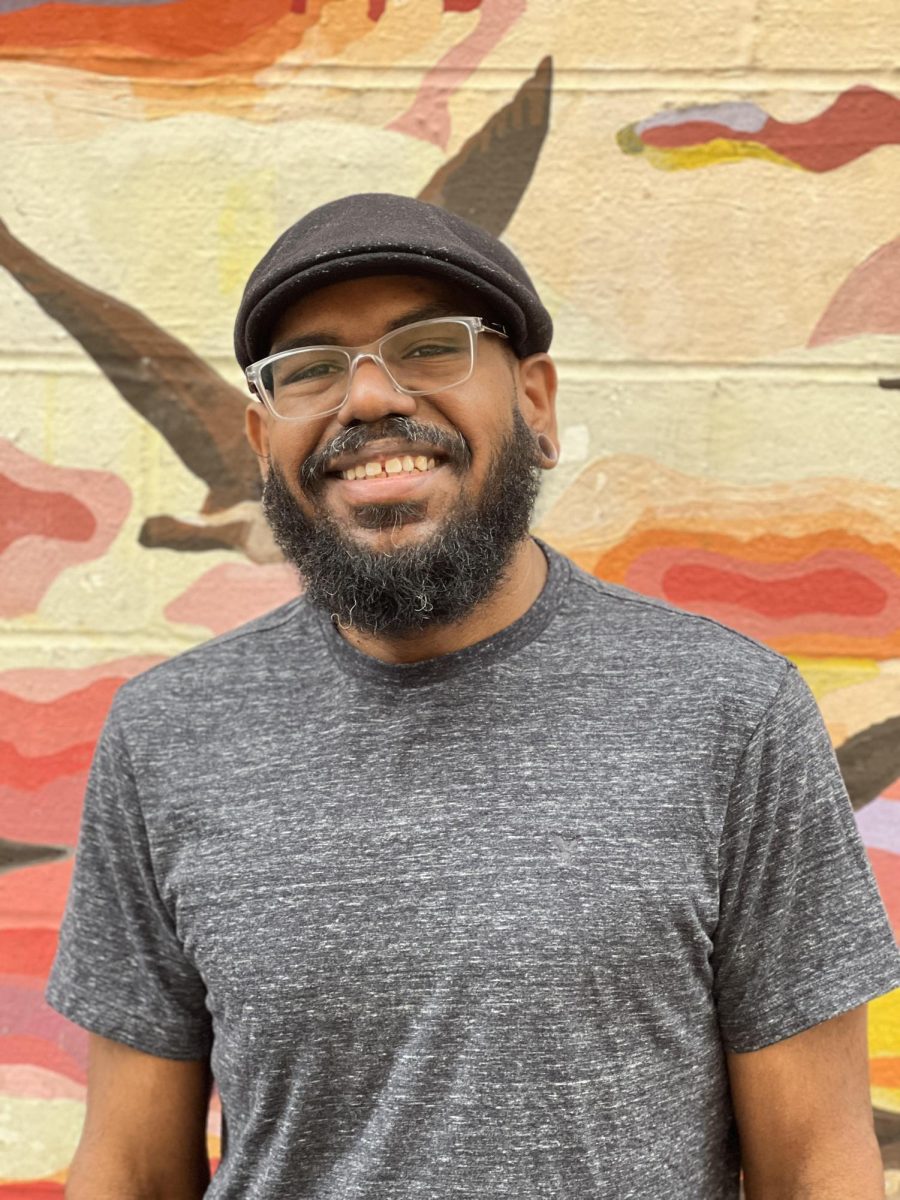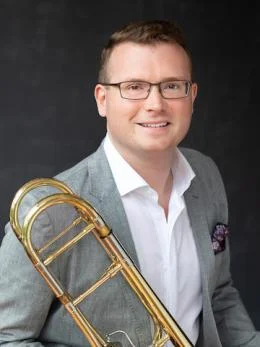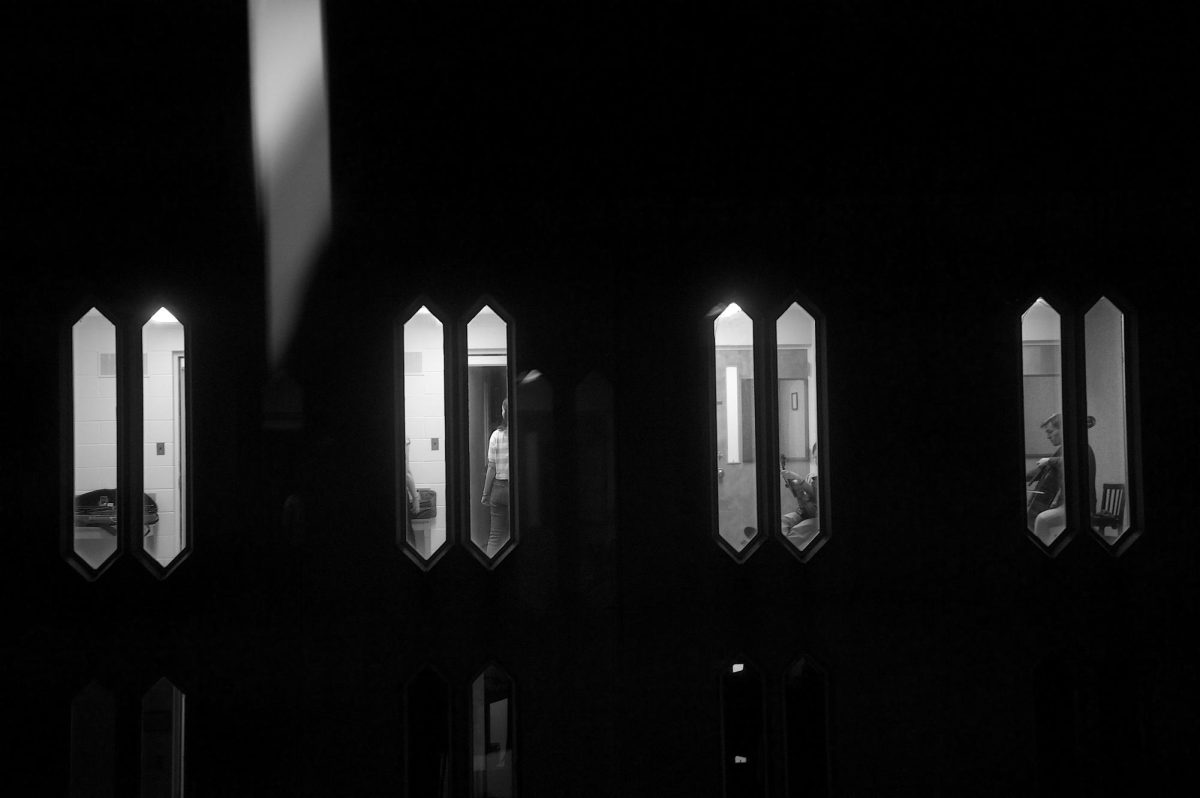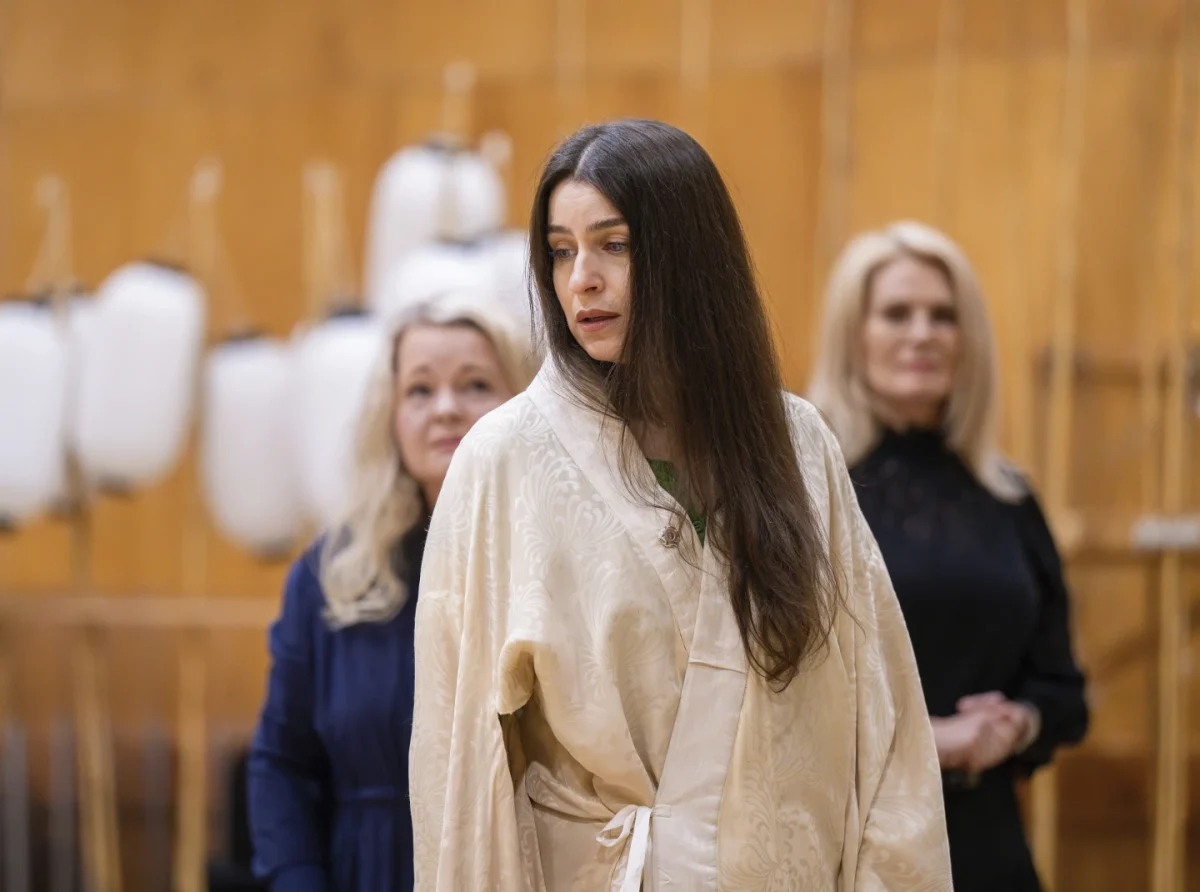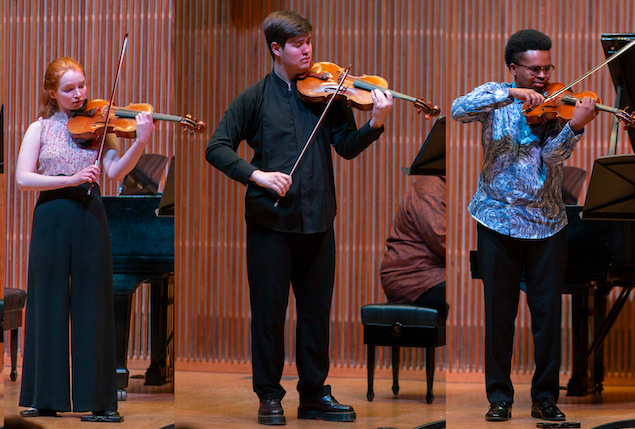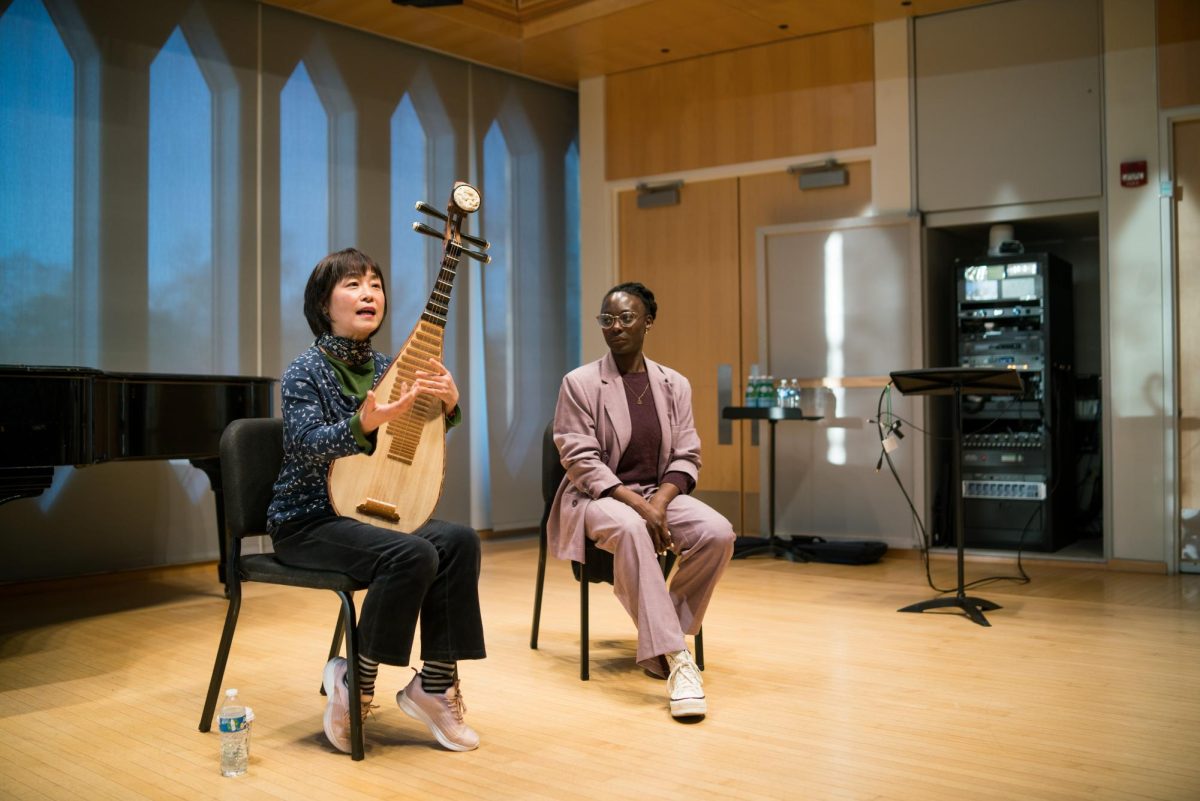Questions regarding cultural appropriation have often floated around the Composition department of the Conservatory. Is it suitable for me to use these instruments? These chords? These texts? How do we quantify if something is too exotic, too far from the beaten path?
It’s a problem that doesn’t have a solution on an individual scale. It stems from an ever-present legacy of racial and cultural inequality through the means of colonialism, assimilation, violence, and exploitation. We all know the story. Classical music remains a symbol of high society, while rap is considered a sign of cultural regression. Centuries of this rhetoric are hard to ignore, particularly since the leftover infrastructure designed to secure classical music’s cultural superiority is so robust. While classical music is by no means the most popular genre on Spotify, it remains the most frequently studied in academic institutions, leaving little to no room for underrepresented musical traditions.
As the only composer of color in my year, I’m often conscious of how our studio’s different backgrounds impact our music from a technical and philosophical standpoint. What did we grow up listening to? What did the department see in us? Why did we choose to pursue classical music? These reflective questions are valuable, but the harder questions are forward-gazing. Where do I go now? How should my art be a reflection of my identity? Why do I continue to pursue classical music?
Some of us will find we’re dissatisfied with the expressive potential of classical music. Then we must ask ourselves how bringing marginalized cultural practice into a tradition of music that engages primarily with the white elite will affect existing cultural power struggles. For those of us with ties to music outside classical, it might make a lot of sense to express our identity through our classical music with the understanding that the two cultural practices have distinct philosophies, performance perspectives, and goals. This is particularly relevant when taking into account that most music education systems in the West are set up to develop exclusively classical musicians. There are few opportunities to formally study marginalized art, yet ample infrastructure and training in the culture of the colonizer, establishing the Western classical canon as ubiquitous and desensitizing its erasure of other art forms.
The desire for marginalized music to be recognized within the classical canon itself is perhaps affirming a false line of reasoning that classical music is superior. And since the white elite have a near monopoly of the industry, the nuances of musical ownership cannot be appropriately addressed using the classical framework. Is the solution, then, outside of the industry? Should artists of color be creating our own institutions with our own cultural, philosophical and artistic values at the forefront so that we may be held in the same esteem, but not bound by the same expectations?
What further complicates this already complicated issue is what happens when composers attempt to access a cultural expression that they are not familiar with. This can be white musicians, but it can also be musicians of color. There are certainly works of art I feel represent me and my identity by white artists more respectfully than certain works by Black artists, though I would be slow to dismiss the latter, as the experiences as well as the artistic needs of Black people are diverse. The problem lies in the fact that within the classical world, there is little knowledge of marginalized cultures, meaning that there is little understanding of the accuracy and respect of representations of these cultures. If anyone brings in something outside of the classical hegemony, the general public is not informed enough to recognize its significance and the impact of its transformation. Again, we don’t have the infrastructure to educate people about marginalized cultures, so we don’t have the tools to effectively interact with them, so we remain ignorant. It’s a vicious cycle.
In the midst of it all, bringing a marginalized cultural identity to that chaotic confusing world is a Herculean task, one which I commend. But what is it all for? Is it for the artist? If so, finding the means to get their pieces performed and enthrall an audience is going to be a tough battle. Or is it for the white elite, the established and reliable audience of classical music? If so, it will spark curiosity at best and exploitatively fetishize at worst.
In the spirit of empathy — arguably the primary function of art — I also want to make space for the perspective of white students in the Conservatory who have interest in musical traditions they are unfamiliar with. Obviously, one doesn’t want to appropriate a culture they are not a part of. On the other hand, should one continue to shut out cultural practices that have been shut out for centuries from the classical canon just because the general public isn’t familiar with them already? Does one do what they can to tear down the system? As a student studying and devoting their college career to classical music, this last option doesn’t seem effective either; it completely destroys the work I, as a Black queer musician, have done to exist in a space not designed for me and where I have upheld a certain responsibility to represent my identity through my art, despite how vulnerable — and technically difficult — that is.
Maybe the most important question is, how does a musician of color operating in the world of classical music navigate the practical here and now when all the theorizing and philosophizing of intellectuals has landed them a DEI hire and a hill to climb?
My answer to that, as cheesy and scary as it is, is to let yourself fully live through your art. If classical music is the music you love, show everyone your love, and if there is more of you waiting to be loved, let that be loved. This does not mean you should be pigeon-holed into anything, but it does mean you should be using your art to support your personal needs as well as to uplift your fellow marginalized souls.


